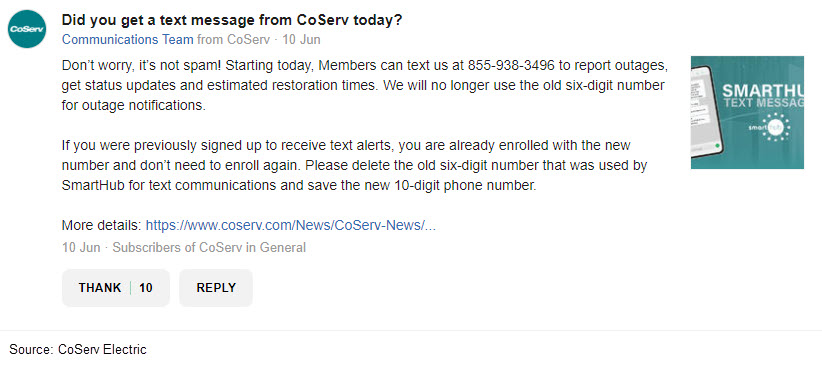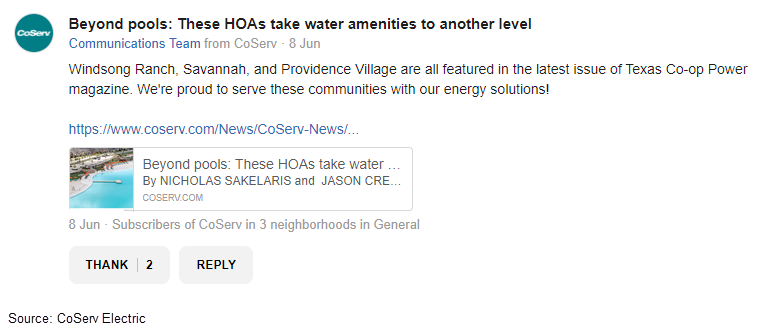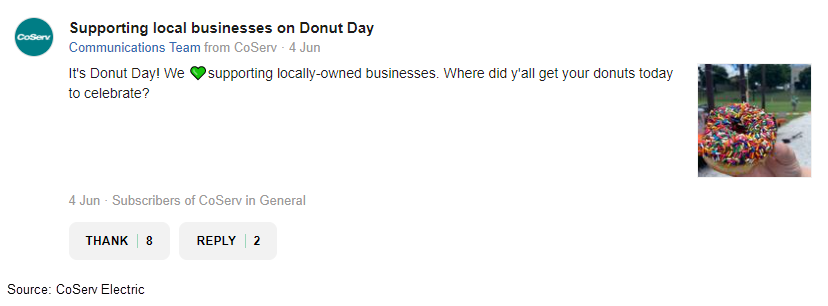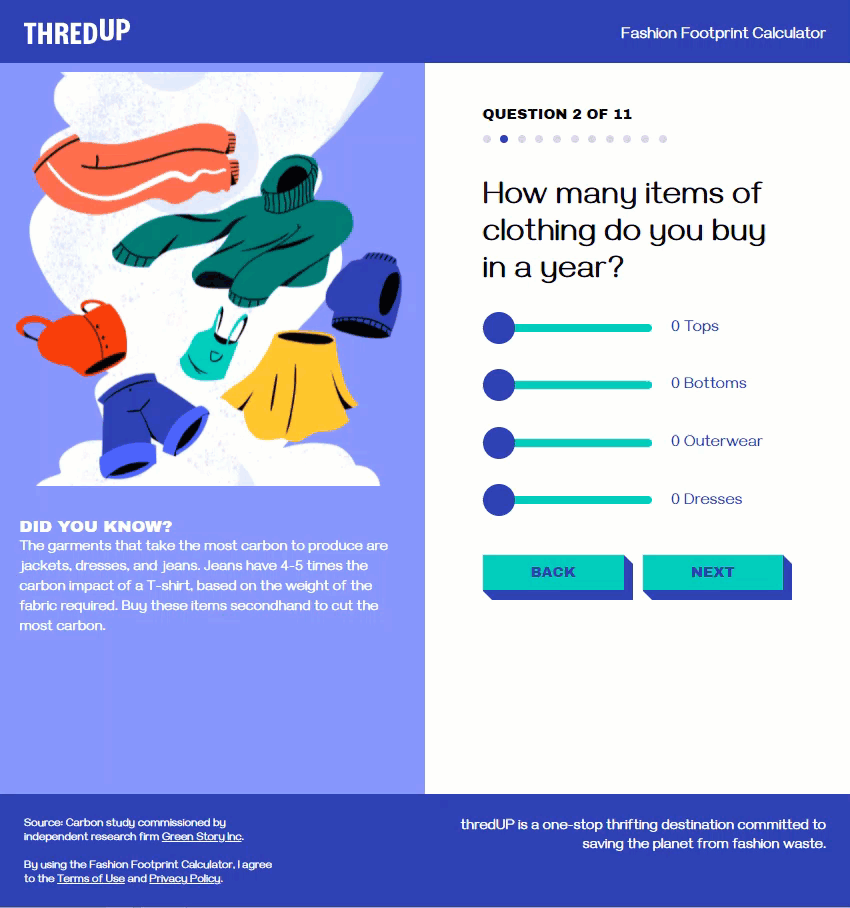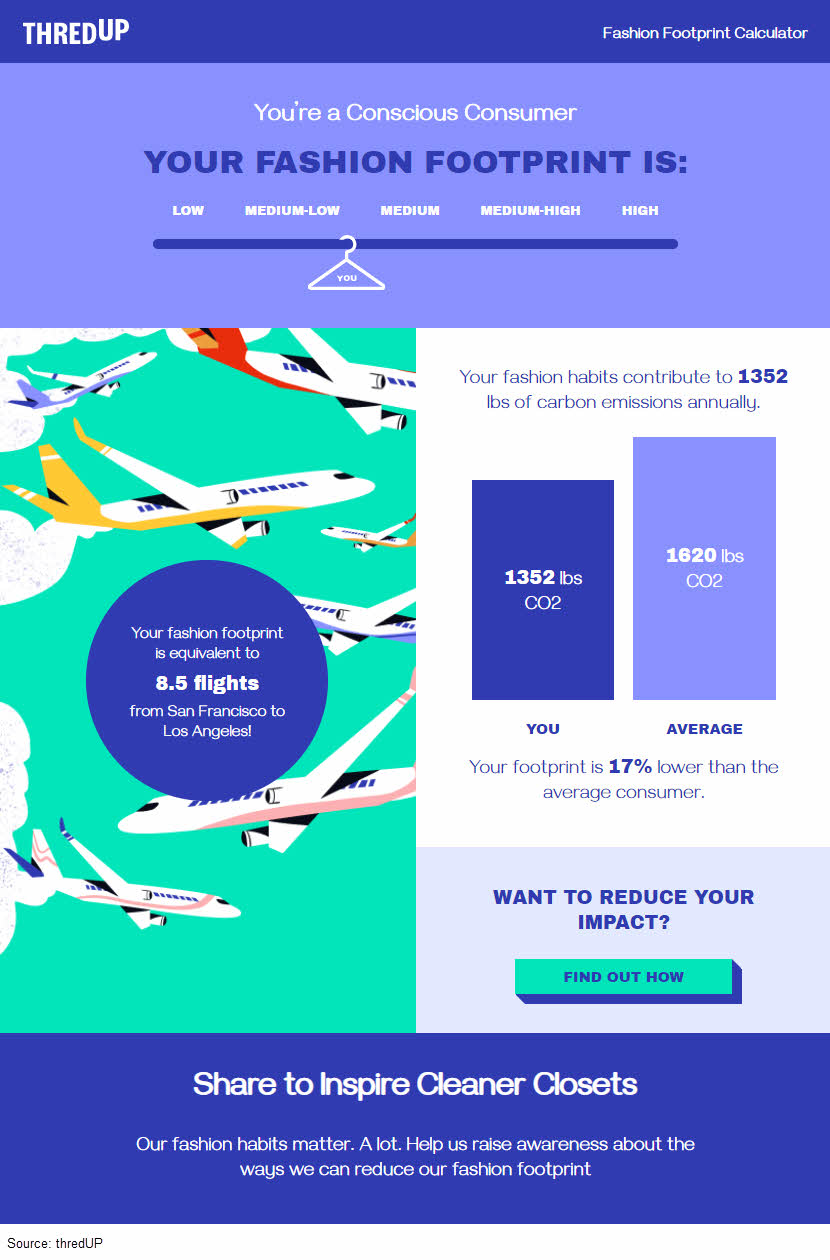
Curious about the latest digital marketing trends but don’t have the time or resources to experiment with them? To help you decide if they’re worth adding to your marketing strategy, we’ve compiled our research on augmented reality, Nextdoor, podcasts, interactive content, and user-generated content. We’re also sharing examples of these trends in action from inside and outside of the utility industry.
Augmented reality
Augmented reality is a digital technology that lets users view and interact with virtual objects in their real-world environment. Utilities have started using this technology to offer virtual home audits during the COVID-19 pandemic. You could also use augmented reality to show customers where solar panels could go on their roof, how an electric vehicle (EV) charger could fit in their garage, or what a new energy-efficient appliance would look like in their kitchen.
Furniture and home goods retailer IKEA offers customers IKEA Place, an Apple iOS app that uses augmented reality to show customers how its furniture will look and fit in their spaces (figure 1). The experience gives customers more confidence in their furniture purchases by letting them interact with virtual versions of 2,200 realistic and true-to-scale pieces of furniture.
Figure 1: IKEA Place app uses augmented reality
Nextdoor
Nextdoor is a social network that sorts users into private groups based on where they live. Utilities mainly use Nextdoor for targeted outage and safety communications. But utilities could also use the site to:
- Share emergency-preparedness information
- Market new products and services
- Gather feedback by using polls
- Educate customers about energy efficiency and other topics
- Advertise local utility events and trade allies
- Promote self-service channels
As with any social network, you should post consistently but only when you have something interesting to say. Posting irregularly, too often, or not often enough can overwhelm or confuse followers and hurt your reputation. Nextdoor offers a public agencies platform to make it easier for utilities and other public agencies and service providers to manage their presence in several neighborhoods.
The Texas electric and gas distribution company CoServ Electric has an active CoServ Electric Nextdoor page (figure 2). Its posts have included:
- Targeted construction and outage announcements and updates
- Information about how to report an outage and get status updates and estimated restoration times
- Previews of and links to news articles on its website
- Holiday celebrations for National Donut Day, Memorial Day, Lineman Appreciation Day, and National Safe Digging Month
- Details about local meetings and charity clinics
- Scam awareness
Figure 2: CoServ Electric’s Nextdoor posts
Podcasts
Hosting a podcast can help you build trust with customers and educate them about topics like energy efficiency, the energy industry, and new programs and services. It can also help you reach customers who prefer to listen to their news rather than watch or read it. But before you start a podcast, you should think about long-term strategies and goals. Producing a good podcast and building an engaged audience takes time, money, and consistency.
Advertising on popular podcasts is another, simpler way to access this market. Ads on podcasts are especially effective, according to the Stitcher press release Podcast advertising generates up to 4.4x better brand recall than other digital ads. You can reach small but targeted audiences by advertising on podcasts that relate to your topic. Listeners trust the host, who delivers your 15-to-60-second ad before, during, or after the podcast. But because listeners can choose to fast-forward through your ad, it’s hard to track metrics.
On its podcast Plugged In (figure 3), Con Edison discusses topics ranging from batteries and electric vehicles to safety and corporate issues. We spoke with Philip O’Brien, assistant director of media relations at Con Edison, who said the utility launched the podcast to create a new way for employees, industry professionals, and the public to hear about newsworthy and timely information from the utility. O’Brien and a cohost focus their episodes on new utility programs, hot topics, and the energy industry. The utility posts monthly or bimonthly episodes on Soundcloud, iTunes, and the employee intranet.
Figure 3: Con Edison’s Plugged In podcast episode “Con Edison Advances Diversity, Equity, Inclusion”
Interactive content
Interactive digital content is anything you can click on, swipe, or interact with. Examples include quizzes, calculators, polls, surveys, 360-degree videos, and interactive stories and infographics. This kind of content attracts, engages, and educates your customers while letting them personalize the experience. It’s also easy to share on social media, which can increase your reach and drive traffic to your website.
Interactive content can be expensive to make, so be sure to give it purpose. Drive customers to a desired goal, action, or behavior. Or use interactive content like polls and quizzes to learn about your audience’s behaviors, interests, preferences, and goals.
Online retailer of secondhand clothing thredUP provides a Fashion Footprint Calculator for customers to learn how their shopping habits contribute to climate change (figure 4).
Figure 4: thredUP’s Fashion Footprint Calculator
User-generated content
User-generated content is created by customers without compensation for their contributions. Users typically provide photos, videos, and testimonials. This technique is another great way to increase your reach and engage customers by inviting them to participate with your brand. You can encourage customers to create content by hosting challenges or contests involving customer submissions. Or encourage customers to tag you in their posts.
User-generated content can save you time and money because you aren’t creating the content yourself. But you should monitor posts to make sure they represent your brand well. Some customers might create negative or inappropriate content or steal materials from another source, which can cause legal issues.
PECO asks customers to submit photos on Instagram and tag @pecoconnect and #poweredbyPECO (figure 5).
